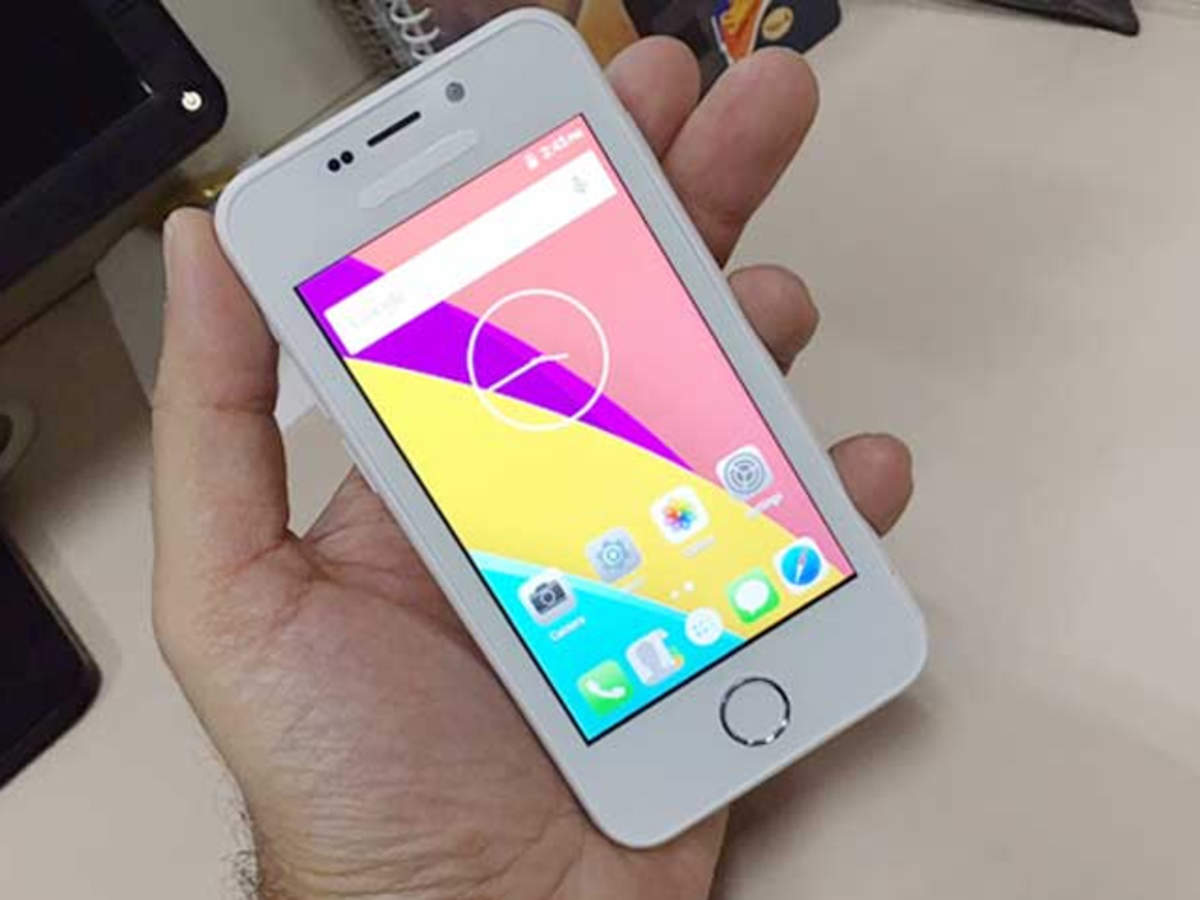Absolutely! Let’s craft a comprehensive 3000-word article about India’s cheapest smartphones, focusing on the landscape, key players, features, and the impact on the Indian market.
India, a land of vibrant diversity and vast economic disparities, has witnessed a remarkable technological revolution fueled by the proliferation of affordable smartphones. The demand for budget-friendly devices is immense, driven by millions of first-time internet users and those seeking essential connectivity without breaking the bank. This article delves into the dynamic world of India’s cheapest smartphones, exploring the key players, the features they offer, and the profound impact these devices have on the nation’s digital landscape.

The Indian smartphone market is fiercely competitive, with a significant portion of sales concentrated in the sub-₹10,000 (approximately $120) segment. Within this, the “cheapest” category often refers to devices priced below ₹6,000 (approximately $72), and even below ₹4,000 (approximately $48) in some cases. These ultra-budget phones are not merely basic communication tools; they are gateways to the digital world for millions.
Key Players in the Budget Battlefield
The Indian market is a battleground for both domestic and international brands vying for dominance in the budget segment.
Indian Brands: Pioneering Affordability
Lava: A longstanding Indian brand, Lava has consistently focused on delivering value-for-money devices, often targeting rural and semi-urban consumers. Their phones prioritize essential features and robust build quality.
International Giants: Competing for Market Share
Xiaomi (Redmi): Xiaomi’s Redmi sub-brand has revolutionized the budget segment with its feature-packed devices at incredibly competitive prices. Their focus on online sales and aggressive pricing strategies has made them a dominant force.

In the ultra-budget segment, manufacturers face the challenge of providing essential features while keeping costs to a minimum.
Display and Design
Most devices feature LCD displays, often with lower resolutions.
Performance and Processing
Entry-level processors from MediaTek or Unisoc are commonly used.
Camera Capabilities
Basic rear cameras are standard, often with a single or dual-lens setup.
Battery Life
Long battery life is a key selling point, with capacities ranging from 3000mAh to 5000mAh.
Software and Connectivity
Many budget smartphones run on Android Go, a lightweight version of Android optimized for devices with limited resources.
The availability of affordable smartphones has had a transformative impact on the Indian market.
Bridging the Digital Divide
These devices have enabled millions of people in rural and semi-urban areas to access the internet, bridging the digital divide.
Empowering Small Businesses
Small businesses and entrepreneurs are leveraging smartphones to expand their reach and connect with customers.
Driving Economic Growth
The smartphone market has created numerous jobs in manufacturing, distribution, and retail.
Social Impact
Smartphones have facilitated social connectivity and access to information, empowering individuals and communities.
While the budget smartphone segment has made significant strides, it also faces challenges.
Component Shortages
Data Privacy and Security
The 5G Transition
While 4G is now commonplace, the transition to 5G presents a new challenge, as 5G-enabled budget smartphones are still relatively limited.
Increased competition.
India’s cheapest smartphones are more than just devices; they are catalysts for social and economic change. They have democratized access to the internet, empowered individuals and businesses, and contributed to the nation’s digital transformation. As technology continues to evolve and prices continue to fall, these pocket-friendly powerhouses will play an even more crucial role in shaping India’s future. The ongoing evolution of this market will continue to provide more and more features to the ever growing number of indian citizens who want to participate in the global digital economy.



